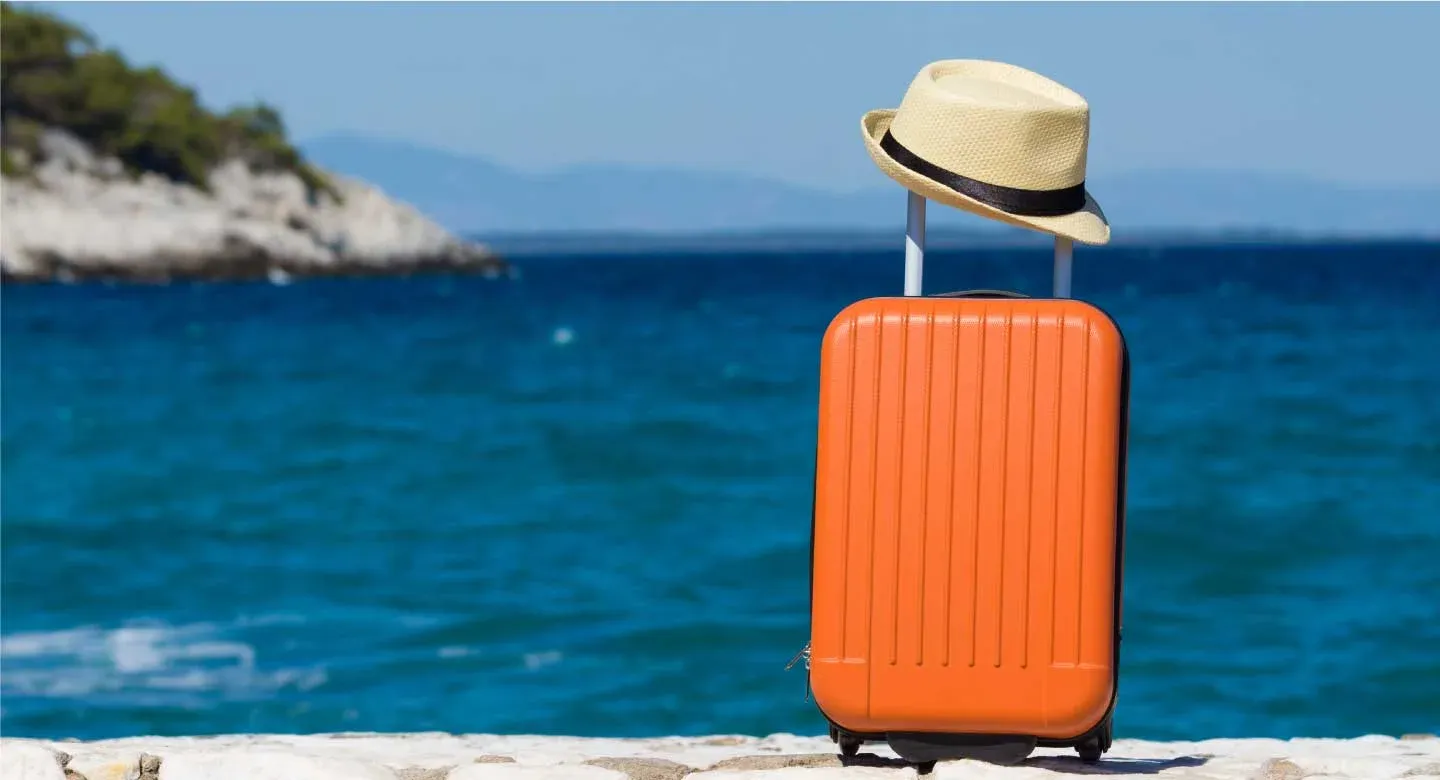All about applying for an Australian tourist visa for Indians: Learn about the application steps, fees, eligibility criteria, & essential requirements for your trip.
Australian tourist visa for Indians
Australia is a dream destination for many Indians, offering pristine beaches, iconic landmarks, and unparalleled wildlife experiences. Whether you’re planning a vacation, visiting family, or attending a cultural event, obtaining an Australian tourist visa (subclass 600) is your first step toward this adventure. In this guide, we’ll cover everything you need to know about the application process, documents, and tips to make your journey hassle-free.
Australian visitor visa (subclass 600)
The visitor visa (subclass 600) is designed for individuals who wish to visit Australia for short-term purposes such as:
1. Tourism: holidays, leisure activities, or sightseeing.
2. Family visits: visiting relatives or friends residing in Australia.
3. Other purposes: attending cultural events, non-academic courses (less than three months), or personal reasons.
Important features:
● Duration: typically granted for 3, 6, or 12 months, depending on the purpose of your visit and your application.
● Entry options:
○ Single entry: enter Australia once; you’ll need a new visa for future trips.
○ Multiple entry: enter and leave Australia multiple times during the visa’s validity.
● Processing time: usually between 20 to 50 days, but this may vary based on the applicant's circumstances.
Step-by-step guide to applying for an Australian tourist visa
Here is the step-by-step guide to apply for an Australian tourist visa:
Determine your eligibility
Before starting the application, ensure you meet the criteria for the visitor visa (subclass 600). Visit the Australian Department of Home Affairs website for detailed eligibility guidelines.
Prepare your documents
Gathering the right documents is crucial for a successful visa application. Here’s a checklist:
● Passport: valid for at least six months from the intended date of travel.
● Recent photographs: passport-sized with a plain background, adhering to visa guidelines.
● Visa application form (form 1419): complete all sections accurately.
● Financial proof: recent bank statements, fixed deposits, or other evidence showing you can fund your trip. Aim for a minimum balance of ₹2,00,000–₹3,00,000.
● Travel itinerary: include flight bookings (optional), hotel reservations, and a day-wise travel plan.
● Employment proof:
○ For employees: a no-objection certificate (NOC) from your employer, stating your leave approval and return to work.
○ For business owners: business registration certificates, financial statements, and proof of ongoing operations.
● Invitation letter (if applicable): if visiting family or friends, provide their contact details, visa or citizenship proof, and relationship evidence.
● Travel insurance: though not mandatory, it’s strongly recommended for medical emergencies and trip disruptions.
Create an ImmiAccount
Sign up on the official ImmiAccount platform (https://online.immi.gov.au) to submit your visa application online. The platform allows you to track the progress of your application.
Pay the visa fee
The current fee for subclass 600 is approximately AUD 150 (around ₹8,000–₹9,000). Payment can be made online via credit/debit cards or PayPal.
Submit biometrics
Schedule an appointment at the nearest VFS Global visa application centre to provide biometrics (fingerprints and photographs). Carry all original documents for verification.
Submit your application
Once all steps are complete, submit your application and wait for the decision. You’ll receive updates through email or directly via the ImmiAccount.
Common reasons for visa rejections
Understanding why applications are rejected can help you prepare better:
1. Insufficient financial proof: failing to demonstrate that you can afford your trip.
2. Incomplete documentation: missing or inconsistent information.
3. Weak ties to home country: inability to prove strong reasons (e.g., family, job, or property) to return to India.
4. Travel history: lack of previous international travel may sometimes affect your application's credibility.
Tips to maximise your approval chances
1. Demonstrate strong ties to India: highlight family, employment, or financial assets to assure the visa officer of your return.
2. Avoid last-minute applications: start the process at least 3–6 months before your intended travel date.
3. Provide a detailed itinerary: a clear and well-planned itinerary adds credibility to your application.
4. Be honest: false information or forged documents can lead to rejection and future bans.
5. Consult an expert: if unsure, consider seeking assistance from immigration consultants to streamline the process.
Cost breakdown of an Australian tourist trip
● Visa application fee: ₹8,000–₹9,000
● Flight tickets: ₹40,000–₹60,000 (round trip, depending on the season)
● Accommodation: ₹3,000–₹10,000 per night (varies by location)
● Daily expenses: ₹2,000–₹5,000 (food, transport, and sightseeing)
● Planning a 10-day trip may cost around ₹1.2–₹2.5 lakhs, depending on your preferences.
Pro tip: The cost of visa fee, in case of visa denial by the embassy is reimbursed to the insured, provided the insured has opted for the cover before or at the time of applying for visa.
Conclusion
Australia is a destination that offers something for everyone, from its cosmopolitan cities like Sydney and Melbourne to the serene landscapes of the Great Barrier Reef and the Outback. While the visa process may seem challenging, careful preparation and attention to detail can ensure a smooth application. Start early, gather all necessary documents, and double-check your application before submission.
Frequently asked questions (FAQs)
1. Can I extend my tourist visa while in Australia?
Yes, under certain circumstances, you may apply for a new visa. However, overstaying is illegal and can lead to severe penalties.
2. Is it mandatory to book flight tickets before applying for the visa?
No, you don’t need to book flights. However, providing a tentative itinerary strengthens your application.
3. How much bank balance is required for an Australian tourist visa?
There’s no official minimum but having at least ₹2,00,000 in savings is recommended to show financial stability.
4. Can I work on a tourist visa?
No, the subclass 600 visa strictly prohibits any employment or business activities.
5. What should I do if my visa is rejected?
Review the rejection letter to understand the reasons. You can re-apply after addressing the issues or appeal with supporting evidence.

Get Quick Quote


